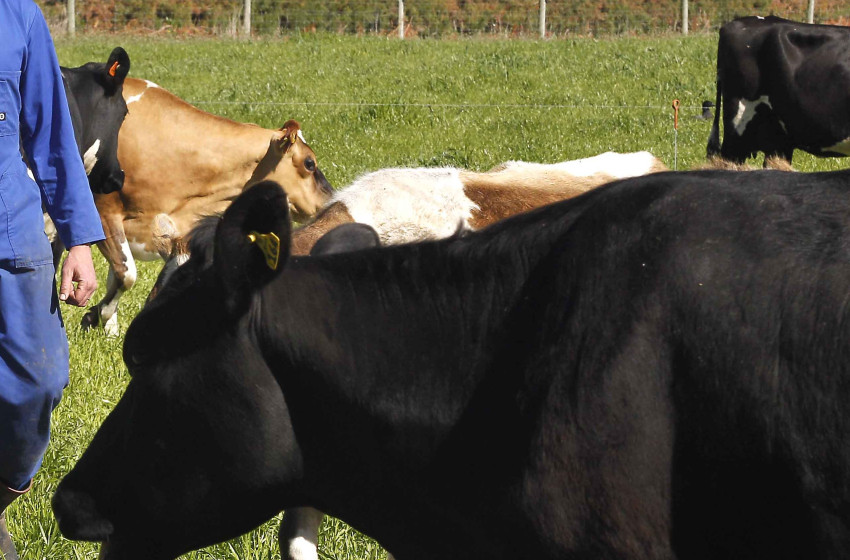‘Too little, too late’ - Fish & Game says Dairy NZ must do more to protect the environment
- 22/11/2017

Fish & Game is critical of Dairy NZ’s strategic vision for the dairy sector, saying it is a decade late and the industry must act sooner to protect the environment and regain public support.
The just-unveiled strategy’s number one pledge is to protect and nurture the environment for future generations and to lead efforts to improve the health and swimmability of rivers and streams.
Dairy NZ is also promising to develop a 50 year blueprint for sustainable land use by 2025.
But Fish & Game Chief Executive Martin Taylor says it doesn’t go far enough.
“This is all too little, too late. The dairy industry has had a decade to come up with a blueprint for sustainable farming and land use and now the strategy is too wait another eight years to develop one,” Mr Taylor says.
“The reality is the present dairying model is unsustainable. Kiwis need action now and aren’t prepared to wait until 2025.”
Mr Taylor says Dairy NZ’s plan highlights the fact the dairy industry is now acutely aware it is losing public trust and its social licence to operate.
“Clean water was one of the election’s defining issues as voters expressed their anger about declining water quality and the loss of traditional swimming spots because of pollution,” Martin Taylor says.
“Public patience has finally run right out and the corporate dairy industry is now trying to catch up and rescue its credibility.”
Martin Taylor says Dairy NZ needs to be much braver with its strategy and provide better leadership.
Mr Taylor says a good place to start is by accepting a future-based on fewer cows, less water use, less nutrient loading and producing less milk but with more added value.
“If they don’t do that, dairy will continue to be unsustainable. The reality is cow numbers have grown astronomically over the last 20 years. Regions like Canterbury and Southland which weren’t traditional dairy areas are now among the biggest, with a combined herd size of over two million animals.
“This explosion in intensive farming has had a huge impact on the environment. It takes a thousand litres of water to make one litre of milk and to meet that sort of demand, more and more water is being taken from our waterways and aquifers,” Mr Taylor says.
“Canterbury is now using two thirds of all New Zealand’s irrigation take. On its own, a single big corporate farm can use the same amount of water as a town does in a year.”
Mr Taylor says the volume of sewage each cow produces also has an impact.
“Every day, New Zealand’s more than six million dairy cattle produce the same amount of waste as 90 million people. Of course, it’s untreated, so that is another body blow for the environment,” he says.
Martin Taylor says if corporate dairying is to regain public support, it needs to admit its present operating model is unsustainable.
“The sector has to stop resisting the need to reduce environmental impacts and commit to hard, measurable targets in the next year,” he says.
“Corporate dairying can only achieve this by working with environment groups, communities and the government to put these in place,” Martin Taylor says.